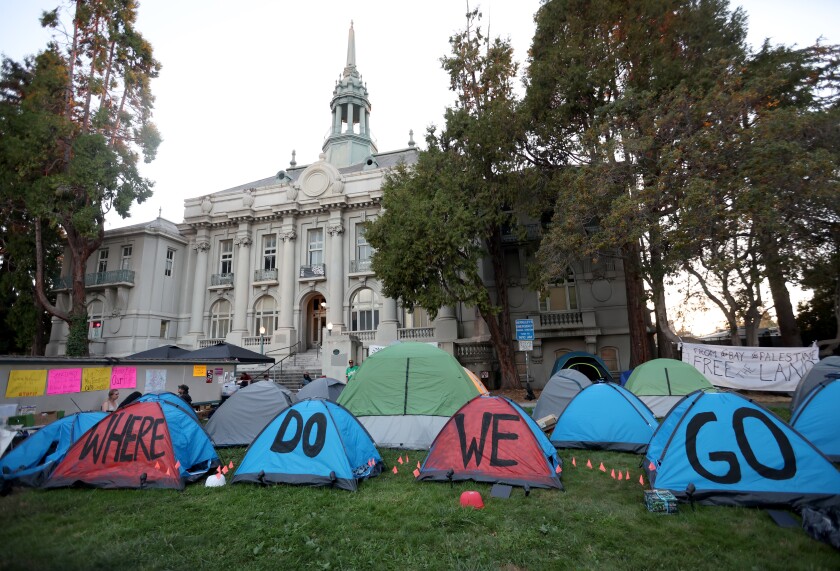That figure, based on the annual point-in-time count required by the federal Department of Housing and Urban Development (HUD) and conducted by volunteers nationwide on a single night in January, is staggering. But the actual number of people experiencing homelessness is much higher. In my hometown of San Diego, for example, we know that the annual number of individuals experiencing homelessness is roughly three times what the federal data shows.
These inaccuracies hinder efforts to aid homeless populations, because HUD uses point-in-time counts to determine how much federal money municipalities receive for their homelessness services.
Successfully combating homelessness is impossible if we're not accurately measuring how many people actually experience it. Fortunately, there are methods for gauging homelessness with far more precision. Better yet, they can allow cities to identify every unhoused person by name, track their personal history with homelessness, and address their specific housing and health needs.
The shortcomings of the point-in-time count are numerous; it simply can't encapsulate the complex and varied forces behind homelessness. For example, someone may spend the night of the count staying with a sibling or friend, only to end up back on the street days later. Or if the night of the count is especially cold, people could temporarily seek shelter before returning outdoors. And last year's Supreme Court ruling allowing cities and states to arrest, ticket or fine individuals sleeping in public may also drive people experiencing homelessness to less visible places in a community.
Other factors can affect a community's ability to count the number of people experiencing homelessness on one night. We know this from personal experience working in San Diego. For instance, 2023 was the first year we were able to count people on California Department of Transportation property. That added hundreds of people to our count.
We can do much more to solve homelessness with better data that reflects the unique characteristics of the people experiencing it and allows us to provide them with the services they need at any time of the year. We already have the tools to collect that data. More cities need to use them.
Some communities, for example, are using homeless management information systems (HMIS). HMIS databases track how individuals experiencing homelessness interact with local services, enabling communities to assess the effectiveness of their support resources and request funding accordingly.
HMIS data has enabled San Diego to assemble monthly reports that allow public officials and homelessness response teams to better evaluate the county's efforts. For every 10 people who secured housing last year in our community, we learned, 14 more entered homelessness for the first time. This is an improvement from the previous year's ratio of 10 to 16.
An even more powerful way of using HMIS technology is creating by-name data — comprehensive data sets updated in real time that record each person's name, needs, circumstances and history with homelessness. By-name data empowers communities to coordinate personalized care and resources for individuals. A senior citizen with a chronic illness, for example, needs radically different resources than someone in decent health who is facing financial hardship needs.
Communities utilizing by-name data have made tremendous progress combating homelessness. Minneapolis, for instance, reduced chronic homelessness by nearly 36 percent in just two years. Metro Denver used by-name data to cut veteran homelessness by 30 percent over four years.
When it comes to data on homelessness, point-in-time counts give us rough estimates, HMIS technology provides us with data to create a by-name list, and by-name data is the gold standard. By using all three appropriately, we can ensure that more people find their way into the housing they need.
Tamera Kohler is the CEO of the Regional Task Force on Homelessness in San Diego.
Governing’s opinion columns reflect the views of their authors and not necessarily those of Governing’s editors or management.
Related Articles













